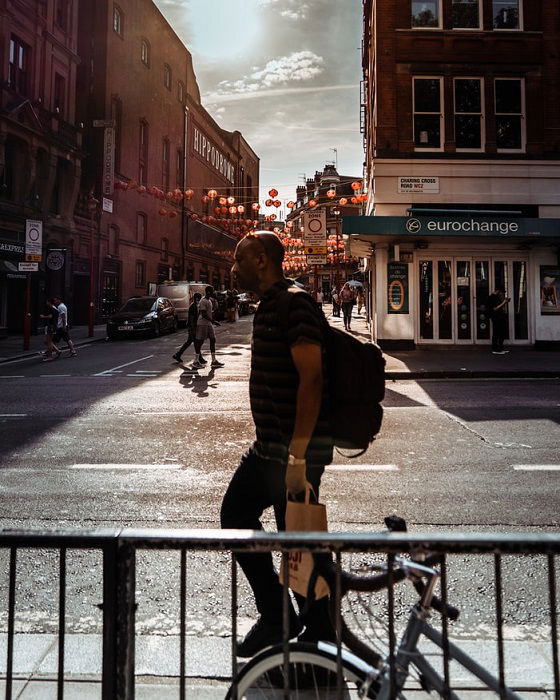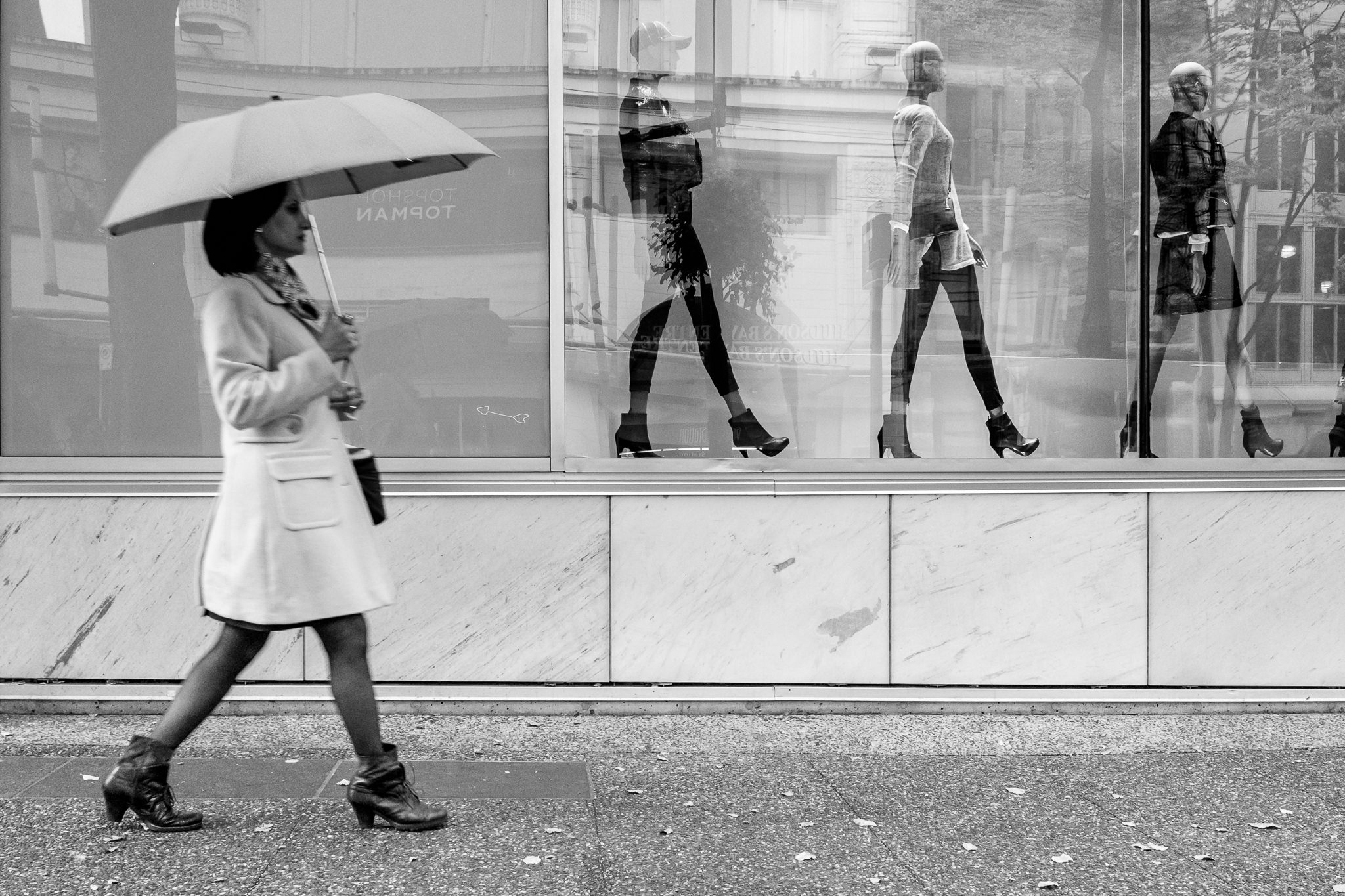What Does Framing Streets Mean?
Table of ContentsFraming Streets - The FactsSome Known Questions About Framing Streets.7 Easy Facts About Framing Streets DescribedThe Facts About Framing Streets RevealedThe Facts About Framing Streets UncoveredAn Unbiased View of Framing Streets
Photography style "Crufts Canine Program 1968" by Tony Ray-Jones Road photography (also often called candid photography) is digital photography conducted for art or query that features unmediated chance experiences and arbitrary cases within public areas, generally with the goal of catching pictures at a definitive or emotional moment by mindful framework and timing. 
Subsequently his boots and legs were well specified, however he lacks body or head, because these were in movement." Charles Ngre, waterseller Charles Ngre. https://framing-streets.jimdosite.com/ was the first digital photographer to attain the technical class needed to sign up individuals in movement on the street in Paris in 1851. Photographer John Thomson, a Scotsman collaborating with reporter and social lobbyist Adolphe Smith, published Street Life in London in twelve month-to-month installations starting in February 1877
The 6-Second Trick For Framing Streets
Eugene Atget is concerned as a progenitor, not due to the fact that he was the initial of his kind, however as an outcome of the popularisation in the late 1920s of his record of Parisian streets by Berenice Abbott, that was motivated to take on a comparable documentation of New York City. [] As the city established, Atget aided to promote Parisian roads as a deserving subject for photography.

The Of Framing Streets
The principal Mass-Observationists were anthropologist Tom Harrisson in Bolton and poet Charles Madge in London, and their initial report was produced as the book "May the Twelfth: Mass-Observation Day-Surveys 1937 by over two hundred viewers" [] Home window cleaner at Kottbusser Tor, Berlin, by Elsa Thiemann c. 1946 The post-war French Humanist School photographers found their topics on the road or in the restaurant. In between 1946 and 1957 Le Groupe des XV every year exhibited work of this kind. Andre Kertesz. Circus, Budapest, 19 May 1920 Road photography formed the major web content of 2 exhibits at the Gallery of Modern Art (Mo, MA) in New York curated by Edward Steichen, 5 French Digital Photographers: Brassai; Cartier-Bresson, Doisneau, Ronis, Izis in 1951 to 1952, and Post-war European Photography in 1953, which exported the concept of street photography worldwide.

9 Easy Facts About Framing Streets Shown
, then an instructor of young kids, associated with Evans in 193839.'s 1958 book,, was significant; raw and frequently out of focus, Frank's photos questioned traditional digital photography of the time, "tested all the official policies laid down by Henri Cartier-Bresson and Pedestrian Evans" and "flew in the face of the wholesome pictorialism and view it now sincere photojournalism of American publications like LIFE and Time".